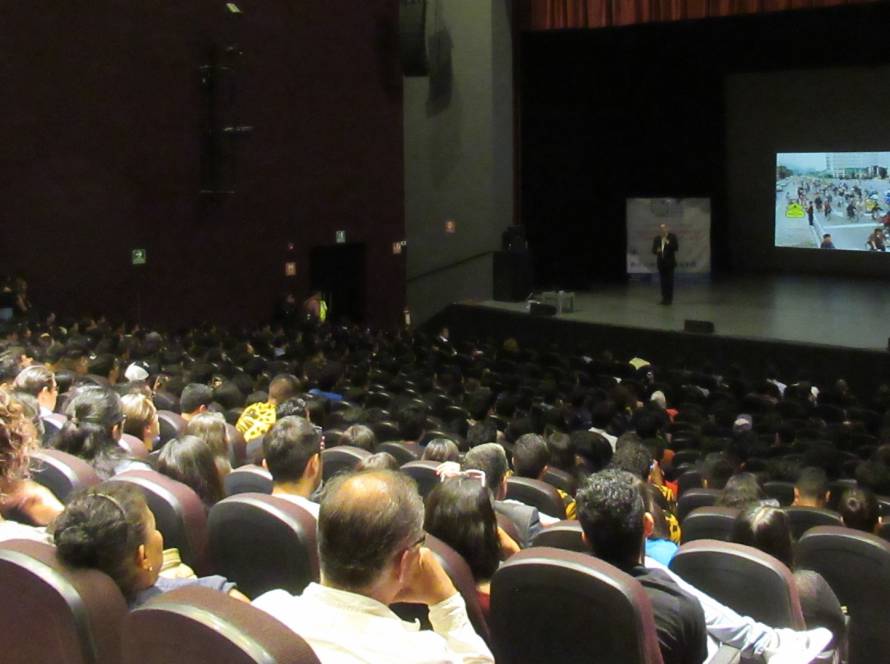Key Takeaways
- Cities should be assessed for their urban spaces’ potential to invite people: does a project make walking, cycling, local shopping, and using shared facilities the easiest option?
- Urban design that invites sustainable behaviour. Easy bike/walk routes, lively building frontage, visible nature, etc., achieve more than tech fixes alone.
- Streets are a huge public asset. Reclaiming some of that for walking, cycling, and social life compounds sustainability.
Summary
- Built form + Human behaviour:
- Reducing per-person emissions requires both lower-impact buildings and changes in how people use space. This can be achieved by dedicating less private floor area, more shared amenities, and easy access to active transport.
- Activating small, affordable ground-floor units (tiny retail) and programming schoolyards/rooftops are practical levers to build everyday community and lower consumption.
- Small, affordable retail anchors daily life, gives people reasons to walk locally, and supports the local economy.
- Mobility is about space:
- Electric or autonomous vehicles won’t cut the footprint unless paired with shared use and reduced space for parked cars.
- Copenhagen shows that people use biking and walking because they are convenient, faster, and easier, not just morally superior.
- Social Infrastructure:
- Adaptation measures (flood basins, rain parks) should be integrated with public amenities such as playgrounds and sports areas so they contribute to social life quality while being resilient.
- Small public, ground-floor units, curated tenant strategies, open schoolyards, shared facilities and micro-amenities build belonging and reduce loneliness.
- Prioritizing brownfield and reuse, and targeting reduced per-capita floor area with better shared amenities are necessary to avoid eroding gains from technical improvements.
- Built form + Human behaviour:
How can Cities apply these learnings?
- Shift project evaluation from isolated technical specifications to behavioural outcomes: Will this project increase the ease of walking/cycling? Activate ground-floor life? Reduce the required private floor area? Provide shared facilities?
- Reallocate street space with people-centred pilots.
- Open schoolyards and institutional grounds after hours for community usage.
- Enhance the social value of resilience investment and increase public support for costly adaptation measures.
- Shift cultural expectations and use pilot data, social media, and campaigns to highlight sustainable choices. For example, “it’s faster to bike here,” or “cyclists get a head start at intersections,” or “this area has a farmer’s market twice weekly”.
Ideas for further reading
- Cyclists and the retail trade. A literature study by EY for the Danish Centre for Cycling Knowledge. https://www.vejdirektoratet.dk/sites/default/files/2024-09/Cyclists%20and%20the%20retail%20trade.pdf
- Climate impact of the consumer society. https://sustainable.dk/forbrug-og-baeredygtighed/5-forbrugssamfundets-klimapavirkning/ .


